What is Zongzi?
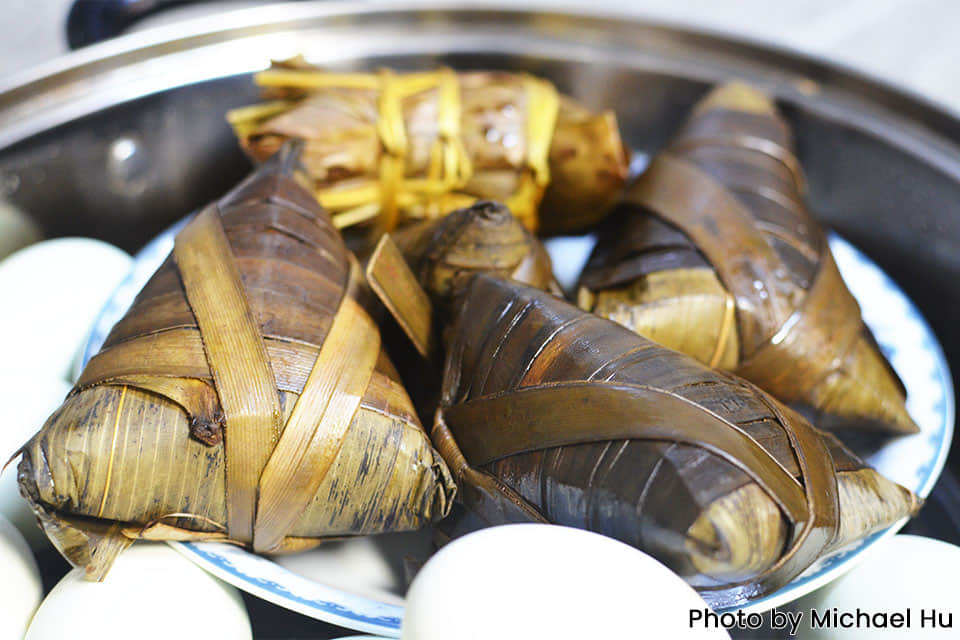
Zongzi is a traditional Chinese food prepared for the Dragon Boat Festival. It is in high demand because of the aroma brought by the leaves as used for wrapping, soft and chewy glutinous rice, and the texture in the fillings.
The Origin and History of Zongzi
In ancient times, zongzi were shaped as a horn for sacrifice to heaven and ancestors. That was the original model. In the Tsin Dynasty (365-420AD), zongzi were made in various other shapes, and the fillings were meat, chestnut, and red beans. They were very similar to the zongzi that are made nowadays.
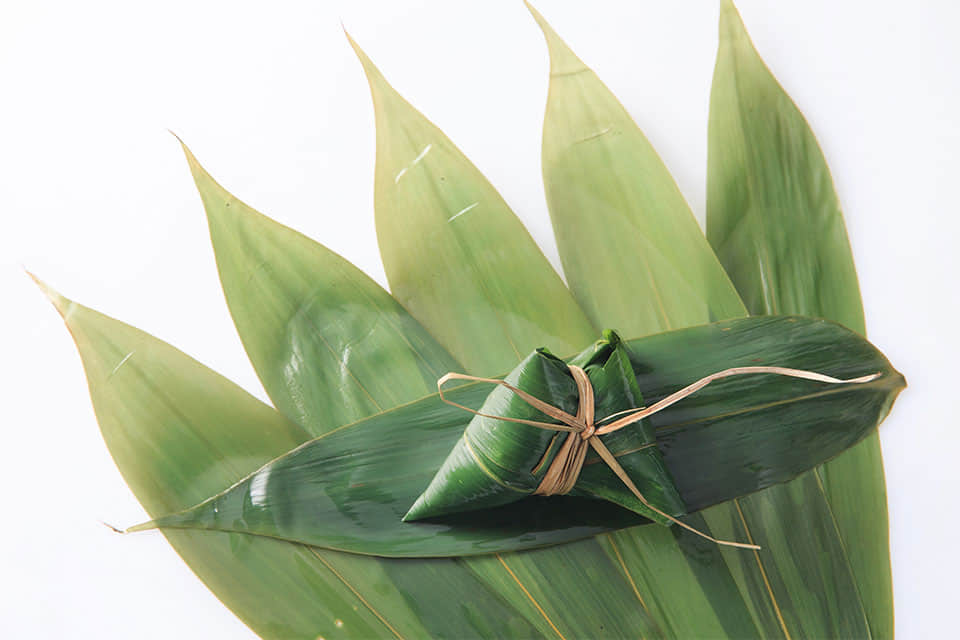
From the Tang Dynasty (618-907AD), zongzi prevailed in Japan and even around the world. There is a record of “Zongzi in the Great Tang” in the literature of Japan.
With the increasing number of varieties of food, the ancient Chinese wrapped some fruits in the glutinous rice in the Song Dynasty. During the Ming and the Qing Dynasty, people added bean paste, dried Chinese dates, pine nut kernels and walnut kernels to the glutinous rice and wrapped it in the reed leaves.
In 1988, a Chinese archaeologist found two archaeological objects of zongzi in a tomb from the year 1274 in the Song Dynasty (960-1279AD), located in De’an county of Jiangxi Province.
The Different Textures of Zongzi
The shapes and textures of zongzi are varied in different regions of China. There are extreme variations from north to south in China.
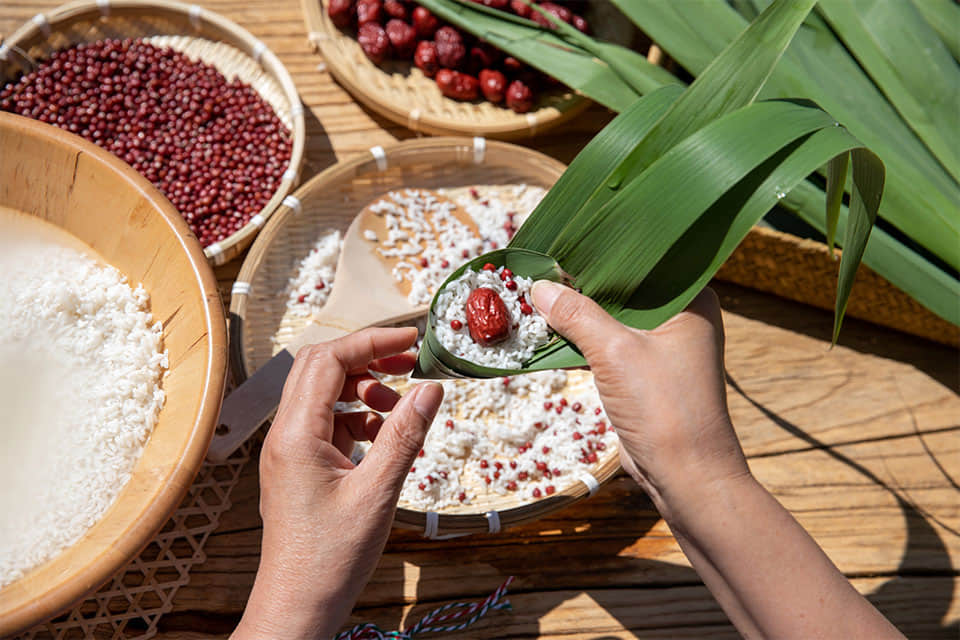
Beijing: There are two styles of zongzi in Beijing. One style is entirely made of glutinous rice without added ingredients, which is then dipped in sugar. Another style is made by wrapping dried Chinese red dates into the glutinous rice. It has a soft, tender texture.
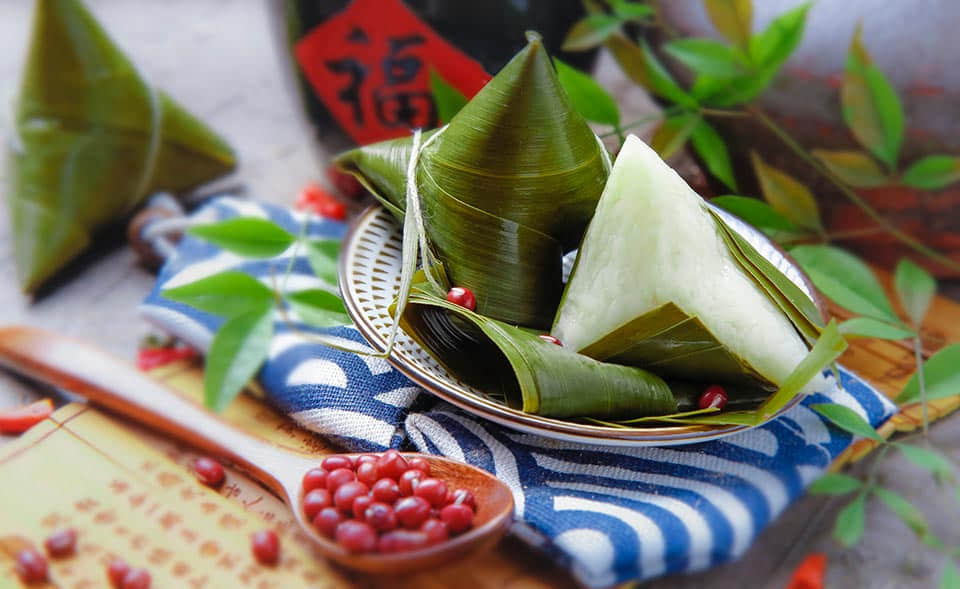
Jiaxing: Jiaxing zongzi is a long strip with four corners, and uses a piece of fatty meat with a slice of lean meat in the rice. After cooking, it is even more aromatic.
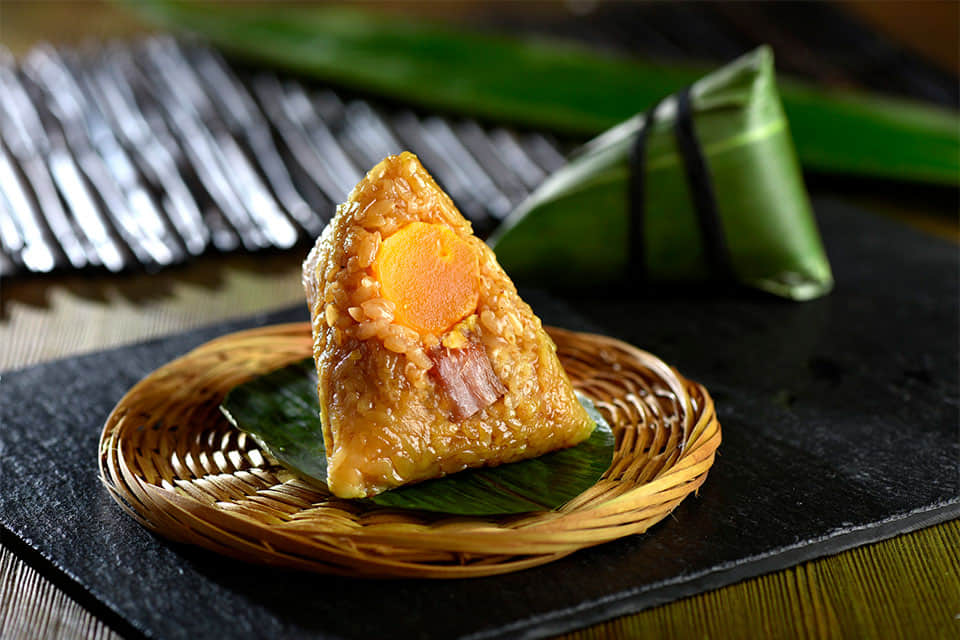
Guangzhou: Guangdong zongzi has a lot of different ingredients and takes a long time to prepare. Savory zongzi are filled with ham, salted egg or meat, roast pork, chestnuts, mushroom, and shrimp meat. Sweet mushroom filling is made with bean paste, jujube paste, and walnut kernels.
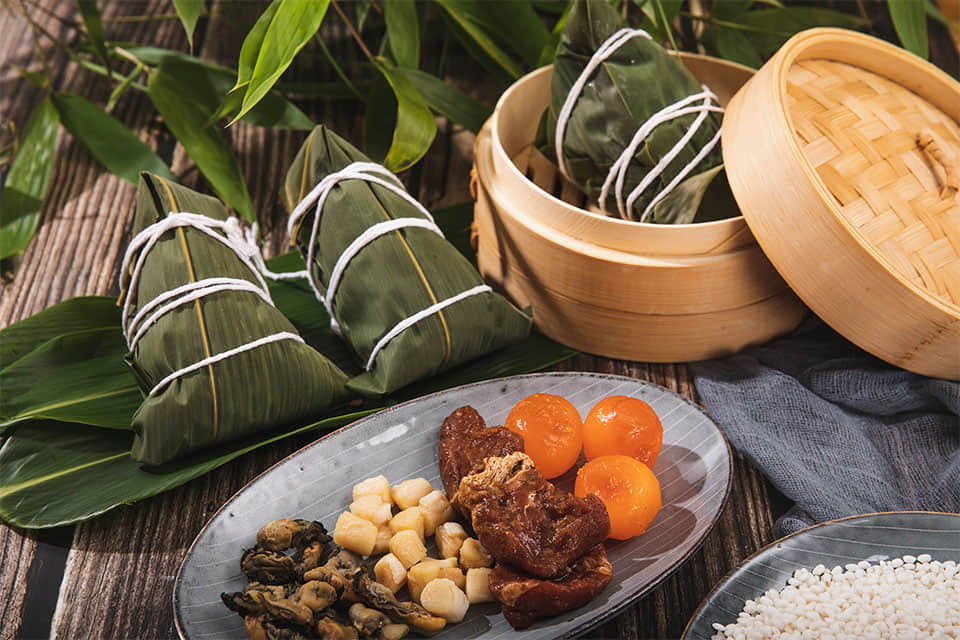
Tips for Eating Zongzi
- Eat zongzi properly: Zongzi is not easy to digest, as glutinous rice is really sticky and lacking in fiber. Don’t more than 50g that is only one, or a half one, per day.
- The ingredients of zongzi easily turn sour in the summer. It is better to preserve it in the refrigerator for up to 3-5 days.
- Zongzi should be heated before eating: Cold zongzi becomes very sticky and oily, it is more likely to cause indigestion.
- Zongzi is not good for diabetics: Most people like to eat savory zongzi with greasy pork, but it has too much fat to be healthy eating. Therefore people with diabetes should avoid eating it.
Tips for Cooking Zongzi
1. To cook zongzi, start with cold water in the pot.
2. Put the zongzi in the pot and weigh them down before adding water. Doing this will make the zongzi tighter and reduce the chance of rice leakage.
3. For the glutinous rice used to wrap the zongzi, it can be soaked in either wood ash water or alkaline water. Note that after soaking in alkaline water, the rice will become more fragrant and tender.
4. Once the zongzi are cooked, they should be soaked in water for a few hours before being removed from the pot. This helps to enhance their fragrance and flavor.
Watch the video about Zongzi in North & South
OR
Are you eager to begin your Chinese cultural journey?
Drop us a line and we will promptly connect you with our leading China expert!
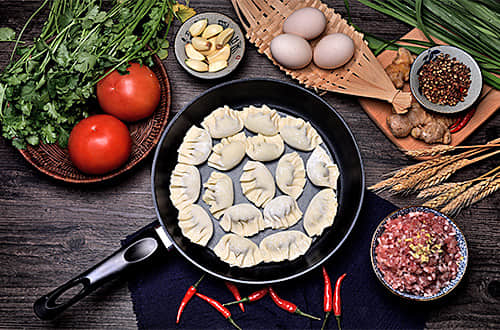 About Dumplings
About Dumplings 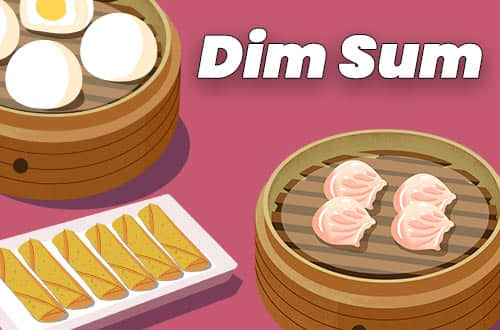 Dim Sum
Dim Sum 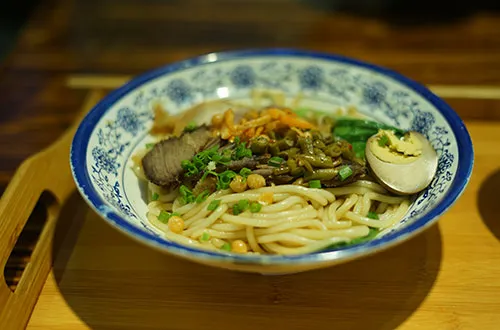 Top 10 Rice Noodles in China
Top 10 Rice Noodles in China 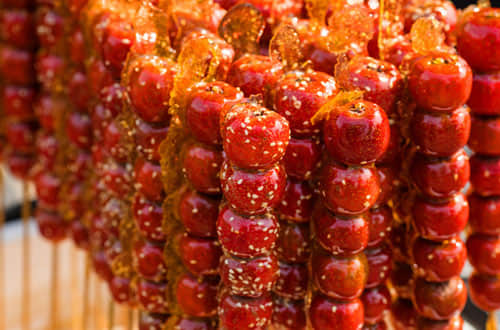 Top 10 Most Popular Desserts in China
Top 10 Most Popular Desserts in China